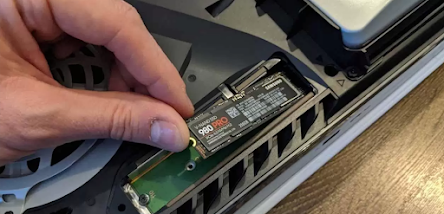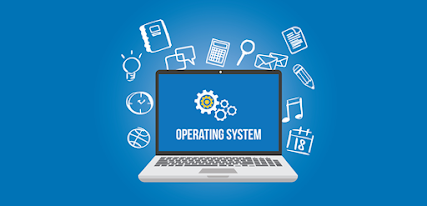Many computer users are in the process of upgrading their equipment. These machines are typical PCs or laptops with hard drives already installed. For the modern computing environment, the HDD represents outdated technology. The new SSD is increasingly taking the place of the HDD, with certain advantages and disadvantages. It lets you tackle with the slow speed of your computer. However, there are a few considerations to make before an SSD upgrade on an outdated laptop.
Here are some things you should be aware of if you want to get a desktop or laptop SSD upgrade.
About Storage
The SSD has no storage capacity restrictions, however, you should be aware of some tolerance limitations. In essence, the SSD is necessary for the operating system since it makes loading and using the operating system more seamless. Therefore, a 128 GB SSD will do if you wish to update your SSD just for the operating system.
Try not to store more content if you are using an SSD with a modest capacity, such as 64GB, 128GB, and so on. Avoid using the SSD for anything other than your operating system. Try to store your music, films, files, and other stuff on your already-existing HDD if you want to save it.
Performance
One of the finest things you can do for your computer is to update it. With the new SSD in your computer, there is potential for all kinds of speed enhancement and performance boost.
You may see the change as soon as the SSD updates on your computer. Your machine will start up a lot more quickly. The boot time will drastically reduce if you are running Windows 8.1 or above. All of the programs will run and launch more quickly. The same holds true for each file you access.
You may get quick computing in addition to reduced noise and lightweight. Your experience is additionally improved by the SSD's silent functioning.
Installing SSD
Particularly for PCs, SSD update is rather simple. You may install the SSD on the same system if you know how to install a conventional drive in it. There are a few considerations before installing it on your laptop.
Take care when you unscrew the laptop since there is a large network integrated into a small place.
You must modify a few BIOS setup settings before installation. Change the configuration for SATA from IDE to AHCI. The BIOS setup utility is where you will find the setting on all PCs.
This parameter can be found on several systems under various titles. However, the BIOS settings on every computer allow you to access this parameter.
Operating System
After the SSD update, you'll notice that your machine performs better. However, you must migrate the operating system and all apps before using it. You can transfer all the apps and the operating system from the old drive to the new SSD if you have been using the operating system on your old hard disc.
Many third-party tools are available that can transfer all of your files and data from an old disc to a new one. Many SSDs include migration software or a CD that enables you to move all of your files to your new SSD. You may move all the apps and operating system data by connecting your SSD to the machine with a USB cable.
Conclusion
Last but not least, replacing your PC or laptop's old mechanical hard drives with more SSD is a wise choice. There are certain warnings that need to be heeded having a hardware expert alongside can come in handy. And being aware of these above-mentioned things can greatly influence how you adapt.







No comments:
Post a Comment